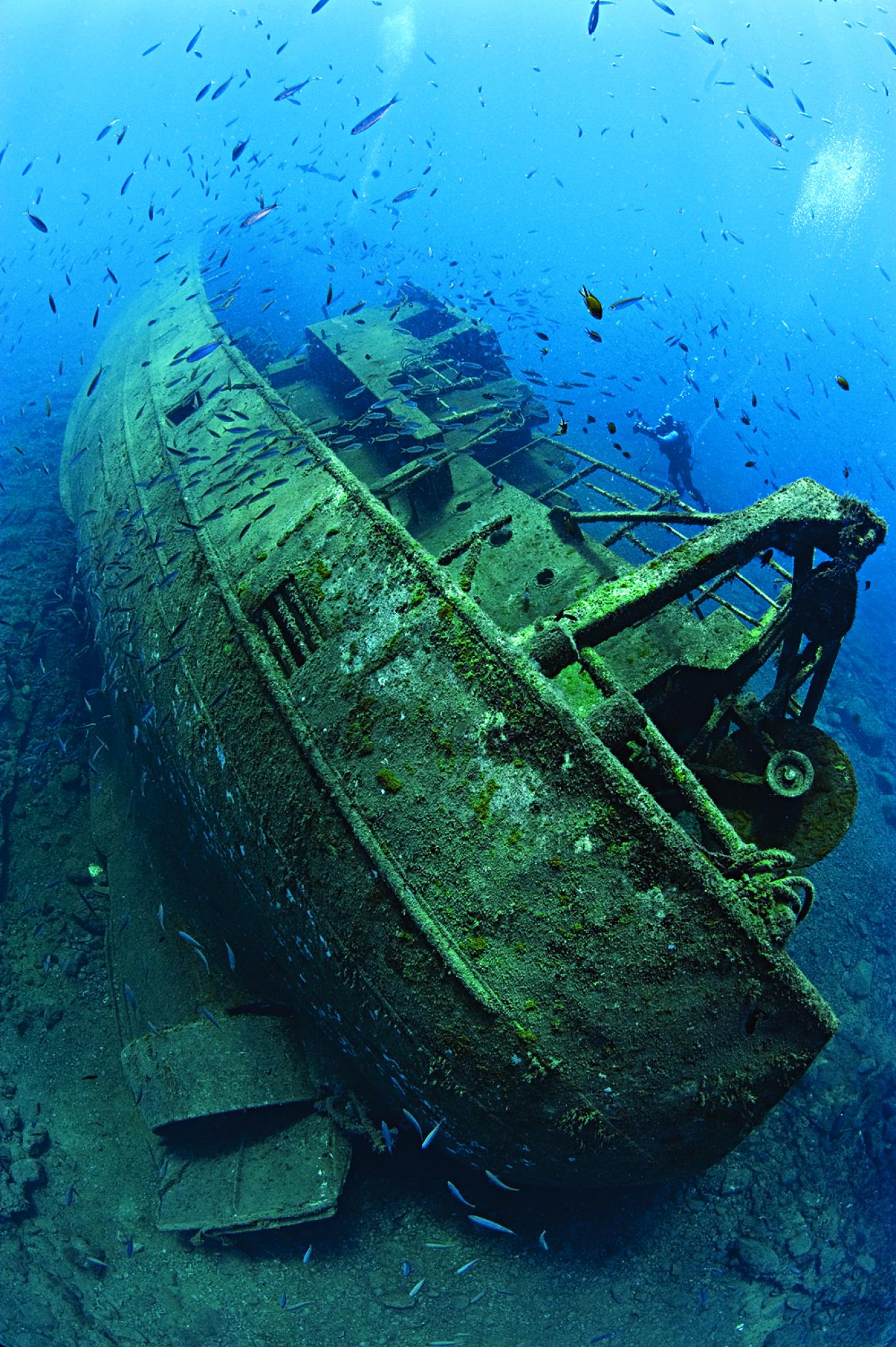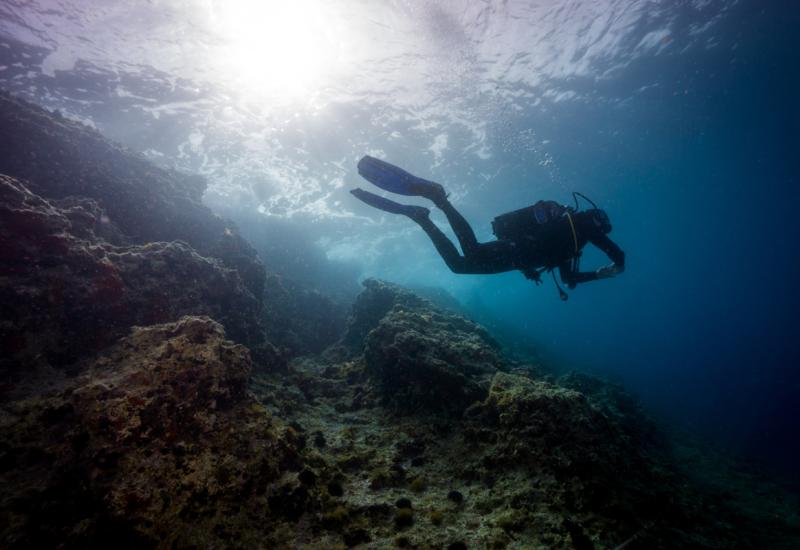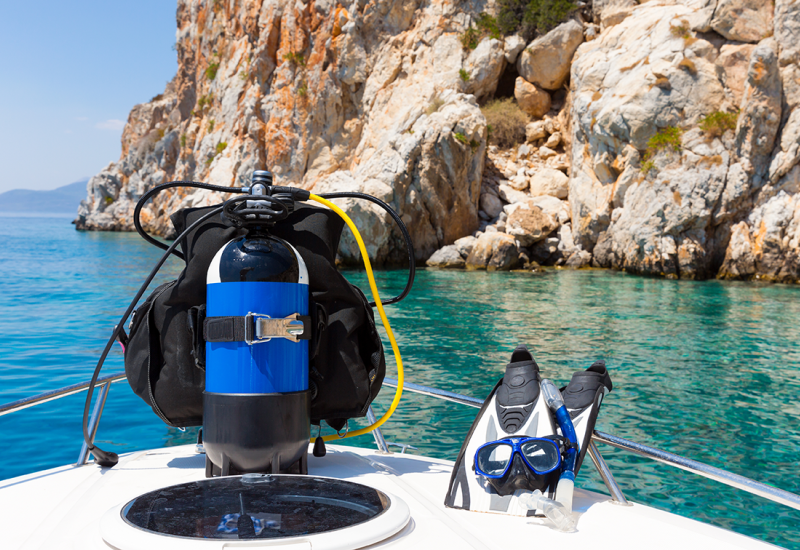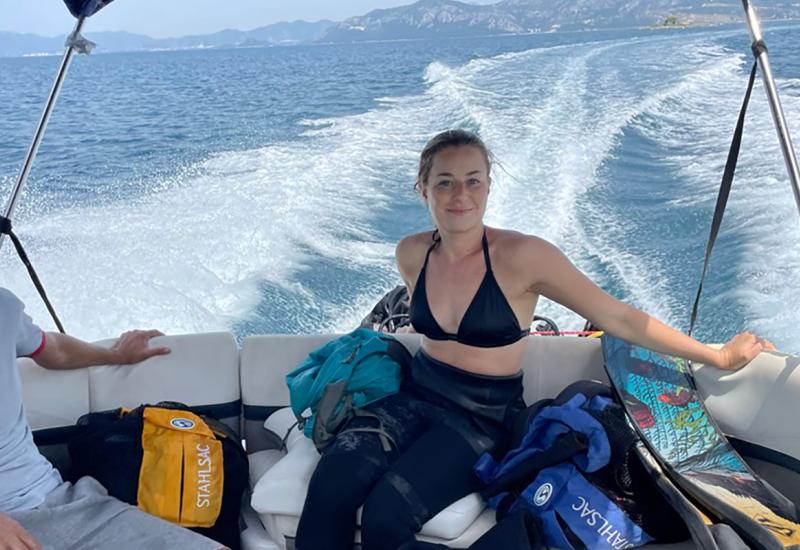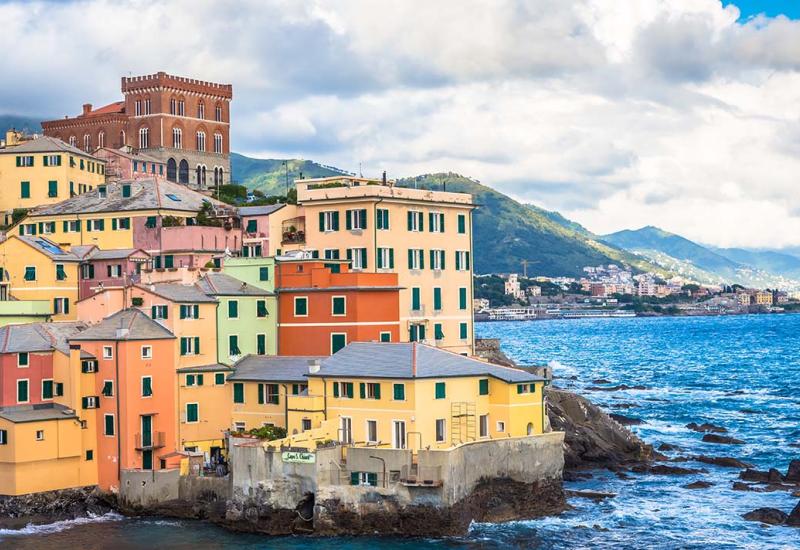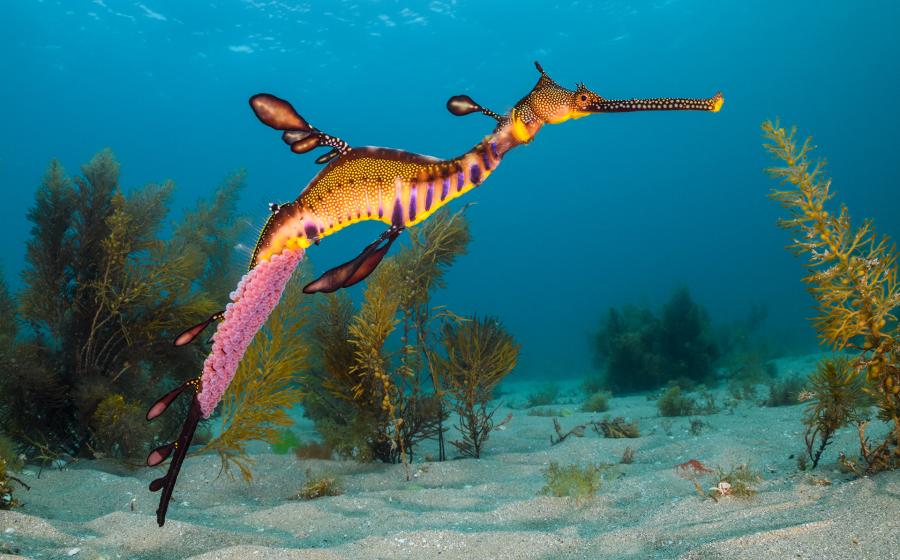Essential Europe - Canary Islands
Make it Happen You can dive year-round in Tenerife, but for the best conditions, wait until September when the peak season crowds have left. Island Divers in Tenerife offers packages of eight dives for $320, with accommodations in one-bedroom apartments in a complex near the beach from $254 per week. On the south side of Gran Canaria, Canary Diving Adventures offers six-dive packages for $200. More Info www.island-divers.com , www.canary-diving.com
The biggest dilemma for divers when planning a trip to geopolitically challenged Canary Islands (they belong to Spain but are geographically closer to Morocco) is deciding which island to visit. The biggest, Tenerife, features good visibility, temperate waters and popular Atlantic denizens including large rays, morays, turtles, barracuda and octopuses. Schooling rays and a bed of garden eels surrounding a small wreck are the main attractions at Los Chuchos (Spanish for “stingrays”), and one of the island’s most advanced dives off is Cueva de Ali Baba (aka Ali Baba’s cave) –– bring a flashlight to spot glass-eyed fish, shrimp, angel sharks and large groupers at the entrance. Next stop is the island of Gran Canaria, where an interesting topography of ledges and plateaus at the lava reef called Pasito Blanco attracts enormous barracuda and lurking moray eels. Sponges and soft coral abound here, as do the resident roncadores (or grunts). Advanced divers shouldn’t miss the wreck of the Kalais, a 328-foot cargo ship scuttled in the 1980s on the north side of the island, and which still has its cargo of cement bags in the hold. There’s prolific fish life –– including barracuda, bream and damselfish –– on the deck, which sits at about 88 feet. When the day’s dives are done, join the throngs of partying German tourists to tip your glass and tuck into local dishes like sancocho, bass served with spicy mojo sauce, at an alfresco restaurant on the water. -- Terry Ward
Make it Happen You can dive year-round in Tenerife, but for the best conditions, wait until September when the peak season crowds have left. Island Divers in Tenerife offers packages of eight dives for $320, with accommodations in one-bedroom apartments in a complex near the beach from $254 per week. On the south side of Gran Canaria, Canary Diving Adventures offers six-dive packages for $200. More Info www.island-divers.com , www.canary-diving.com
The biggest dilemma for divers when planning a trip to geopolitically challenged Canary Islands (they belong to Spain but are geographically closer to Morocco) is deciding which island to visit. The biggest, Tenerife, features good visibility, temperate waters and popular Atlantic denizens including large rays, morays, turtles, barracuda and octopuses. Schooling rays and a bed of garden eels surrounding a small wreck are the main attractions at Los Chuchos (Spanish for “stingrays”), and one of the island’s most advanced dives off is Cueva de Ali Baba (aka Ali Baba’s cave) –– bring a flashlight to spot glass-eyed fish, shrimp, angel sharks and large groupers at the entrance. Next stop is the island of Gran Canaria, where an interesting topography of ledges and plateaus at the lava reef called Pasito Blanco attracts enormous barracuda and lurking moray eels. Sponges and soft coral abound here, as do the resident roncadores (or grunts). Advanced divers shouldn’t miss the wreck of the Kalais, a 328-foot cargo ship scuttled in the 1980s on the north side of the island, and which still has its cargo of cement bags in the hold. There’s prolific fish life –– including barracuda, bream and damselfish –– on the deck, which sits at about 88 feet. When the day’s dives are done, join the throngs of partying German tourists to tip your glass and tuck into local dishes like sancocho, bass served with spicy mojo sauce, at an alfresco restaurant on the water. -- Terry Ward
